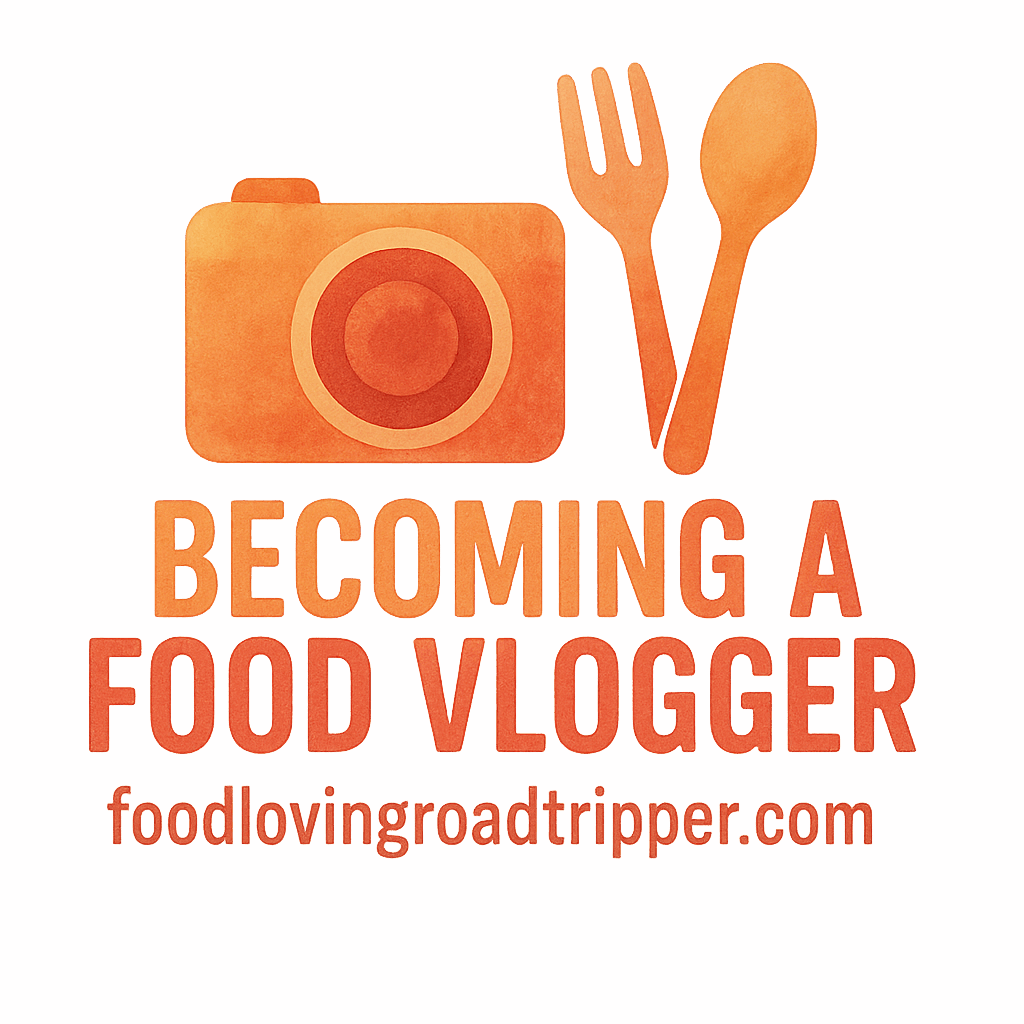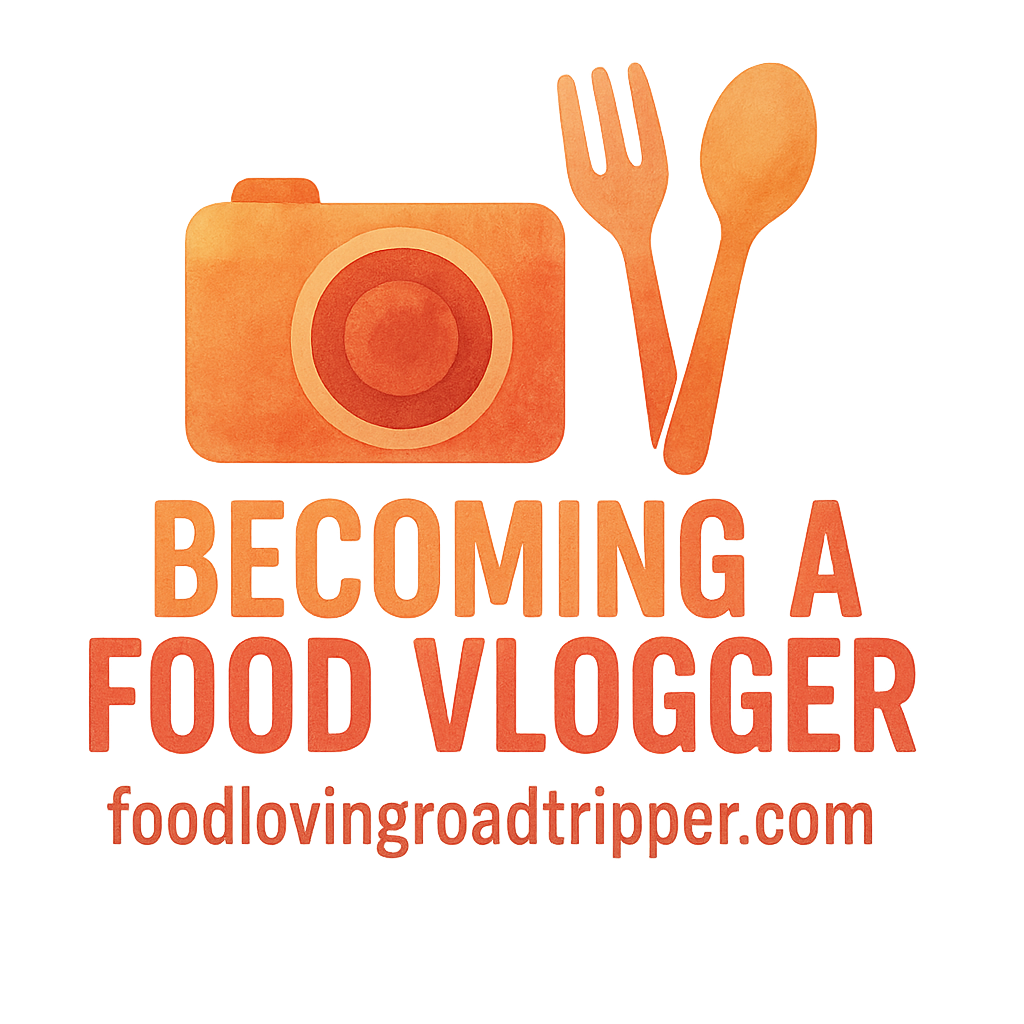Lighting is the unsung hero of any food vlog, and it’s one of the main things that can make or break your video. Whether you’re showcasing your latest recipe, reviewing a restaurant, or creating a cooking tutorial, lighting plays a crucial role in making the food look mouthwatering and engaging your audience. Here are 8 expert lighting tips to ensure your food vlogs pop and keep your viewers coming back for more.
Why Lighting is Crucial for Food Vlogging
Food is all about its colors, textures, and visual appeal. Bad lighting can cause your food to look flat, unappetizing, or dull, while good lighting brings out the rich textures, the shine, and the vibrancy of the ingredients. Lighting can influence how your viewers perceive your food, and it also affects their mood. Good lighting can even enhance the overall quality of your content and increase viewer engagement.
The Impact of Good Lighting on Food Vlogs
Good lighting helps to emphasize the natural beauty of food. It highlights its textures, colors, and glossiness, which are the key elements that attract food lovers. When done right, it can also convey the feeling of warmth or freshness, and even intimacy, enhancing the overall food experience.
First Impressions Matter: How Lighting Affects Viewer Engagement
When people click on your food videos, the first thing they notice is the look of the food. Poor lighting can make even the most delicious dishes look lackluster, while great lighting grabs attention and makes the food irresistible. Engaging lighting can also keep viewers watching longer, resulting in more interaction and a loyal following.
Tip #1: Use Natural Light Whenever Possible
Natural light is a food vlogger’s best friend. It’s soft, even, and creates a natural look that’s hard to replicate with artificial lighting. Using natural light can give your food videos a fresh, appetizing feel.
How to Maximize Natural Light for Stunning Shots
To maximize natural light, position your shooting area near a window. Natural daylight floods in and softens the harsh shadows, making your food look vibrant. Try to shoot during the golden hours (early morning or late afternoon) when the light is warm and gentle.
The Best Times of Day for Natural Light
The best times to shoot with natural light are early in the morning or late in the afternoon. This is when the sun is lower in the sky, providing soft and flattering light. Avoid midday sun, as it creates harsh shadows and a washed-out look.
Tip #2: Invest in a Good Key Light
A key light is your main source of light in any setup. This light helps define the form and texture of your food, creating the perfect depth and dimension.
What Is Key Lighting and Why It Matters
Key lighting is the brightest light source in your setup. It sets the tone for your video and illuminates the main subject—your food. Without a good key light, your food may look flat, and the details could get lost in the shadows.
How to Position Your Key Light for Perfect Shots
Position your key light at a 45-degree angle from your food to create depth and dimension. You want the light to be coming from the side, slightly above the food, to enhance the textures and create natural-looking shadows.
Tip #3: Add Fill Lights for Softening Shadows
While the key light is important, it can cast harsh shadows. That’s where fill lights come in. Fill lights soften the shadows and ensure that no part of the food is too dark.
Why You Need Fill Lights for Your Setup
Fill lights are essential to balance out the lighting and prevent harsh contrasts between light and dark areas. They give your food a soft, even glow, enhancing its appearance on camera.
How to Position Fill Lights for Best Results
Place the fill light opposite your key light to fill in the shadows without creating additional bright spots. This light should be softer than your key light to keep the overall mood of the video subtle and balanced.

Tip #4: Use Backlighting for Depth and Drama
Backlighting is when the light comes from behind your subject, illuminating the background and creating a sense of depth. It’s a technique often used in food vlogs to add a dramatic effect.
What is Backlighting and How It Enhances Your Vlogs
Backlighting helps define the edges of your food, especially when you have translucent items like sauces or liquids. It adds contrast, making your food stand out and giving your video a more polished look.
Tips for Perfectly Placing Your Backlight
Place your backlight behind your food, at an angle to highlight the contours of your dishes. Make sure it’s not too intense, as it can wash out your food. You want the backlight to add depth without overshadowing the key light.
Tip #5: Consider the Color Temperature of Your Lights
The color temperature of your lights can affect the overall feel of your food videos. Warm lights (around 2700K to 3200K) can create a cozy, inviting atmosphere, while cooler lights (around 5000K to 6500K) can make your videos feel fresher and more vibrant.
The Role of Color Temperature in Food Vlogging
Warm lighting is perfect for comfort food, while cooler lighting works well for fresh, vibrant dishes like salads or fruit. The right color temperature can evoke different moods and enhance the appeal of your food.
How to Choose the Right Color Temperature for Food Videos
Experiment with different color temperatures to match the mood of your food. Warm lights are better for rustic, hearty dishes, while cooler lights are ideal for fresh, modern meals.
Tip #6: Experiment with Softboxes and Diffusers
Softboxes and diffusers are essential tools for diffusing the light and making it softer and more even. These tools help eliminate harsh shadows and create a professional look.
Why Diffusers and Softboxes are Game Changers
Softboxes and diffusers ensure that your lighting is spread evenly, avoiding harsh highlights and shadows. They help create a more flattering, cinematic look that’s perfect for food videos.
How to Set Up Softboxes for an Ideal Lighting Environment
Place your softbox or diffuser near your key light, ensuring it covers the food at an even angle. Adjust the distance between the light and the food to get the desired effect.
Tip #7: Avoid Overhead Lighting
Overhead lighting, especially from fluorescent lights, can create unflattering shadows on your food and distort its color.
How Overhead Lighting Can Ruin Your Food Shots
Overhead lights tend to cast shadows directly beneath your food, which can obscure textures and create an unnatural look.
Alternative Lighting Positioning Techniques
Instead of overhead lighting, use side or angled lighting to illuminate your food without casting harsh shadows. This helps create a balanced, visually appealing shot.
Tip #8: Keep Your Lighting Setup Consistent
Consistency is key when it comes to lighting. You don’t want your lighting to change throughout your video, as it can be distracting to your viewers.
The Importance of Consistent Lighting for Professional-Quality Vlogs
Maintaining consistent lighting ensures that your food looks great throughout the video, regardless of the angle or shot. It also makes editing easier, as you don’t have to correct lighting discrepancies.
How to Maintain Consistency in Lighting
Use the same light sources and positions for all shots in your video. Keep your light levels and color temperatures consistent to avoid jarring changes in the mood or tone.
Conclusion
Lighting is the secret sauce that can take your food vlogs from good to great. By using natural light, investing in key lights, adding fill lights, and experimenting with different lighting techniques, you can create videos that not only look beautiful but also engage and inspire your viewers. Remember, lighting isn’t just about visibility—it’s about showcasing the food in its best possible light, quite literally!
FAQs
- What is the best light for food vlogging?
Natural light is ideal, but a soft key light paired with fill and backlighting creates a professional look. - Can I use artificial lighting instead of natural light?
Yes! Softboxes and diffusers can help create soft, even lighting when natural light isn’t available. - What’s the ideal position for a key light in food vlogging?
Place the key light at a 45-degree angle from your food to create depth and dimension. - How can I avoid harsh shadows in my food videos?
Use fill lights to soften shadows and ensure even lighting throughout your setup. - How do I choose the right color temperature for food vlogging?
Use warmer lights for comfort food and cooler lights for fresh, vibrant dishes. - Why should I avoid overhead lighting in food vlogging?
Overhead lighting creates unflattering shadows and can distort the appearance of your food. - How can I maintain consistent lighting in my food videos?
Use the same light sources and positions for all shots and adjust your lights before shooting to ensure consistency.
Internal Links:


